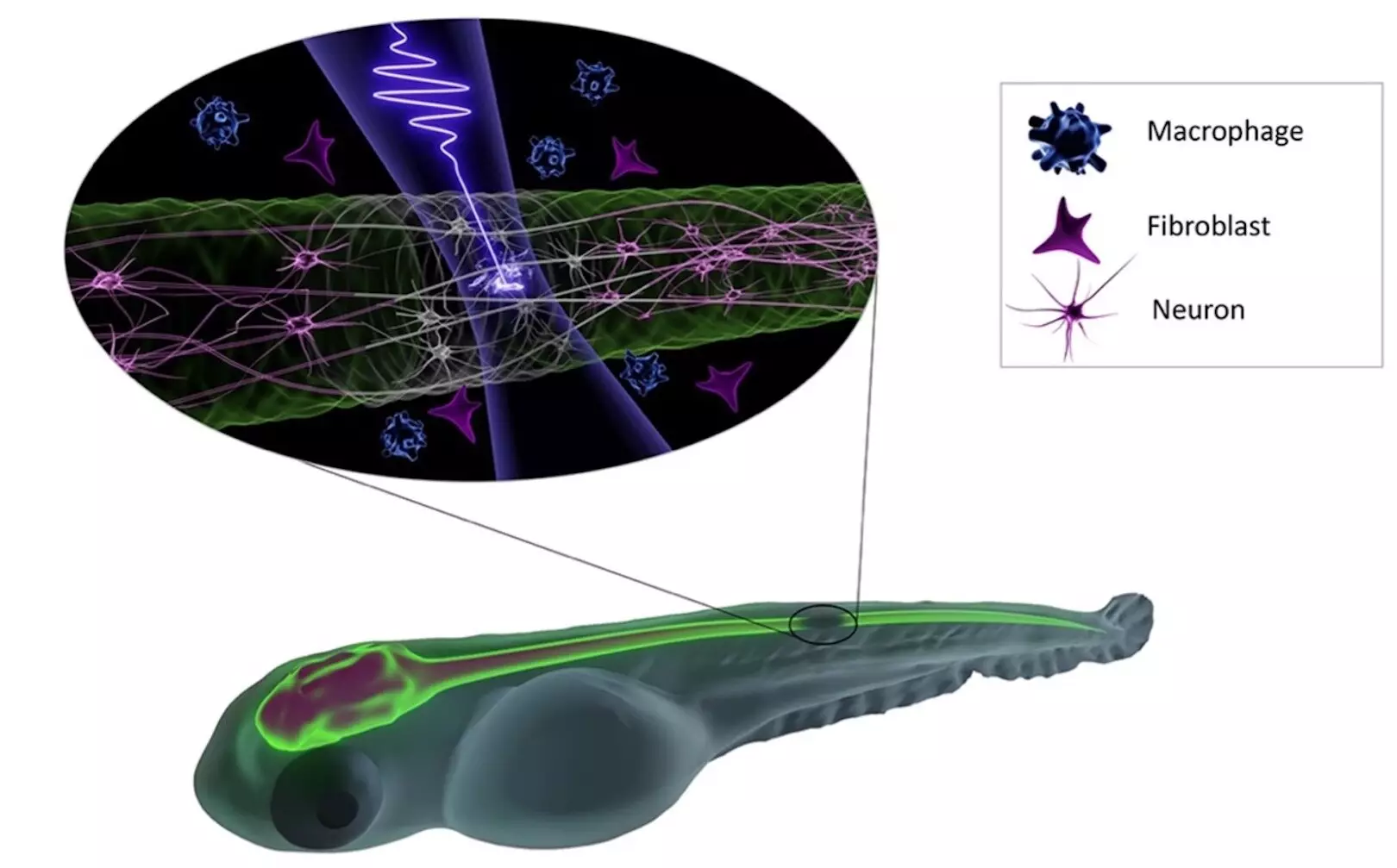The use of nonlinear light microscopy has completely transformed the way we observe and comprehend complex biological processes. However, with this advancement comes a significant concern – the potential damage that light can inflict on living matter. Despite the vast improvements in imaging capabilities, the mechanism behind the irreversible perturbation of cellular processes by intense light still remains poorly understood.
In an effort to address this pressing issue, the research groups of Hanieh Fattahi and Daniel Wehner at the Max Planck Institute for the Science of Light (MPL) and Max-Planck-Zentrum für Physik und Medizin have come together to investigate the conditions under which intense pulsed lasers can be utilized in vivo without causing harm to the organism. This collaborative effort has shed light on the intricate processes that occur when deep tissue is exposed to femtosecond excitation pulses.
Through their research using the vertebrate species zebrafish, the international team based in Erlangen has made significant progress in understanding the mechanisms of photodamage at a cellular level. One of the key discoveries was the abrupt onset of damage to the central nervous system (CNS) of zebrafish when exposed to femtosecond pulses at 1030 nm, specifically at extreme peak intensities that lead to low-density plasma formation.
The implications of these findings are profound, particularly in the realm of nonlinear label-free microscopy. By determining the threshold at which damage occurs, researchers can now optimize imaging dwell time and photon flux to ensure that the peak intensity remains below the low-plasma density threshold. This opens up new possibilities for innovative microscopy techniques, such as femtosecond fieldoscopy, which allows for high spatial resolution, label-free images with attosecond temporal resolution.
As both Fattahi and Wehner emphasize, this collaborative research not only highlights the value of interdisciplinary approaches but also lays the groundwork for future in vivo applications. By gaining a deeper understanding of how intense pulsed lasers interact with living organisms, we are one step closer to achieving precise manipulations of the central nervous system through light-based techniques. This research has the potential to revolutionize not only microscopy but also our ability to study and comprehend complex biological processes in ways we never thought possible.


Leave a Reply